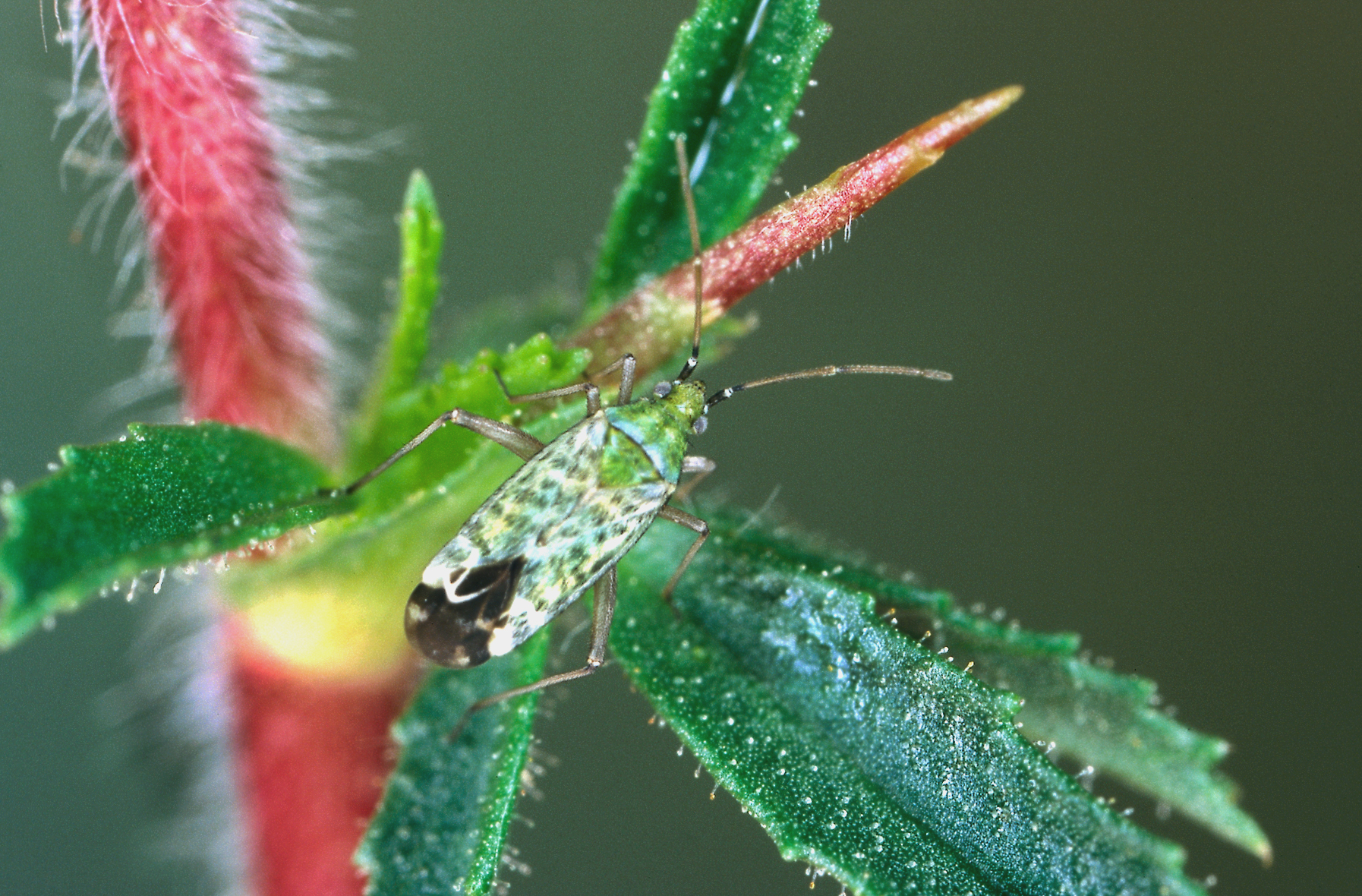Intensification of Land Use Leads to the Same Species Everywhere
Intensive use of grasslands by humans reduces species diversity and makes the landscape more monotonous, so that the same species end up everywhere. Nature is then no longer able to provide us with many essential ‘services’, which range from soil formation for food production to pest control. Led by the Technical University of Munich and the University of Bern, 300 scientists studied the consequences of land-use intensification for biodiversity at the landscape level and for the first time could do this for a wide range of species groups.
Normally, every meadow is different, with varying species finding a suitable habitat in different places. However, when grasslands are used very intensively by people only a few plants and animals can survive and this is the catalyst for an increasing loss of species. In previous studies, this effect was shown for particular groups, such as birds, within a particular habitat. But would land use not have a much greater effect on species loss if it were studied on a larger spatial scale and if the full diversity of life — from single-celled organisms to vertebrates — were included?
In a study published in “Nature”, scientists analysed and evaluated a unique data set with this question in mind. For the very first time, the study provided evidence that intensified use led to all grasslands across regions becoming similar and only able to provide habitats for a few species, a process known as "biotic homogenization".
“The data come from the Biodiversity Exploratories, which are funded by the German Research Foundation (DFG), and were collected from 150 grasslands” said the head of the project Professor Markus Fischer, from the Institute of Plant Sciences in Bern. “These are probably the most comprehensive ecological research sites in Europe,” says Fischer.
4,000 species evaluated for the study
The data used in the study come from three areas, including the UNESCO Biosphere Reserve Swabian Alb, the Hainich National Park and its surroundings, and the Biosphere Reserve Schorfheide-Chorin. All three regions differ in terms of climate, geology, and topography, but are managed by farmers in a manner typical for Europe. More than 4,000 species were analysed using an innovative statistical procedure. This new method allowed the researchers to test where biotic homogenization occurs most strongly, along a gradient of land-use intensification.
Groups from all along the food chain were sampled, from single-celled soil organisms to birds
A unique feature of the study was that data from organisms in the soil such as bacteria, fungi, and millipedes were also included. “For the first time, in grasslands with different forms of land use, we investigated groups of species from all along the food chain” said Dr Martin M. Gossner, lead author of the study, who is now working at the Swiss Federal Research Institute WSL. The species were subdivided into twelve groups according to their position in the food chain, and whether they live above or below ground. For example, one group of above ground species is that of the primary producers, mainly plants. Other groups include herbivores and plant pollinators, as well as their predators.
Even moderate land use results in a decline in species
The findings showed that it did not matter whether grasslands were used moderately or intensively by humans. For example, a distinction was made between areas where grass was cut twice or four times a year. “According to our observations, the homogenization of species does not progress proportionally to the intensity of use. Instead, even a moderate increase in management intensity results in communities in different regions being reduced to the same, less demanding all-rounders,” said Gossner — “a further increase in the intensity of use simply doesn’t have a comparably large effect.”
The common restharrow (Ononis repens, pictured) is a plant that does not tolerate intensive land use. It is also a host plant for the insect Macrotylus paykulli, which feeds on its sap and occasionally on other insects which get stuck to its glandular hairs. If restharrow becomes rare, because farmers favour common grass species with high fodder value, Macrotylus paykulli no longer has a suitable habitat, and ultimately both go extinct. This means that even a slight intensification in the use of meadows and pastures makes it impossible for many species of flora and fauna to survive. Only those species which do not have very specific requirements for host plants or environmental conditions can survive in these conditions. “More frequent mowing in intensively used grasslands is the main cause of this biotic homogenization,” said Professor Eric Allan from the University of Bern, the senior author of the study.
“What is new here is the finding that the homogenization of species across landscapes occurs for many different types of plants, animals and microbes” said Allan — “in fact this homogenisation is probably a more significant consequence of land-use intensification even than loss of species from local areas.”
Less interaction between species changes the ecosystem
Grassland areas that are managed extensively are therefore essential for protecting species diversity because the decline in species diversity also results in fewer interactions between individual species: “Interactions between plants and their consumers are increasingly weakened by more intensive agricultural usage,” says Gossner — “which ultimately causes processes in the ecosystem to shift and change.”
Because ‘nature’s services’ help increase food production by improving soil formation, for example, and by helping to keep pests in check, they are essential for human well-being. So, it is only when as many species as possible are able to find the unique habitats they require across large areas that ‘ecosystem services’ can remain intact.
Publication details:Martin M. Gossner et all: Land-use intensification causes multitrophic homogenization of grassland communities, Nature, 30.11. 2016. doi:10.1038/nature20575 |
Source: Technical University of Munich
2016/12/01


